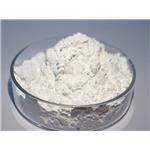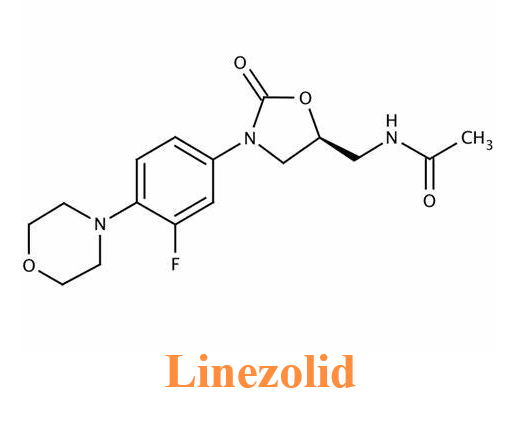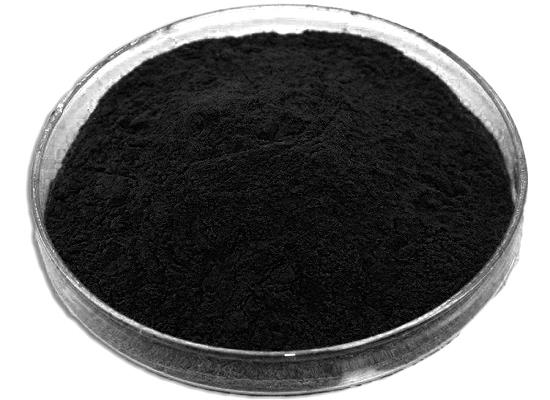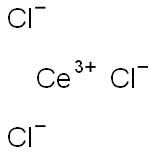Cerium(III) Chloride: Applications in Organic Synthesis and its Neurotoxic Effects
Aug 30,2024
General Description
Cerium(III) chloride is a valuable reagent in organic synthesis, facilitating regioselective reactions like the ring-opening of epoxides and aziridines, yielding azido-alcohols and azido-amines under mild conditions. Its eco-friendly use extends to synthesizing methoxime derivatives from aromatic aldehydes and ketones without strict oxygen-free requirements. Mechanistically, it acts as a Lewis acid, enhancing electrophilicity and reaction kinetics. However, cerium(III) chloride is also neurotoxic, inducing oxidative stress and cognitive impairments. Studies show that the ethanol extract of Syzygium aromaticum can mitigate these toxic effects, improving memory and restoring oxidative balance, suggesting its potential as a therapeutic agent against environmental neurotoxins.

Figure 1. Cerium(III) chloride
Applications in Organic Synthesis
Applications in Regioselective Reactions
Cerium(III) chloride has emerged as a valuable reagent in organic synthesis, particularly noted for its ability to promote highly regioselective ring-opening reactions of epoxides and aziridines. Through the use of cerium(III) chloride and sodium azide in acetonitrile, chemists have successfully synthesized 1,2-azidoalcohols and 1,2-azidoamines. This reaction operates under mild and neutral conditions, allowing for the maintenance of sensitive functional groups. The regioselectivity afforded by cerium(III) chloride ensures that the formation of the desired products is both efficient and effective, with yields often classified as good to excellent. The rapidity of this reaction contributes to its appeal, making it a simplistically advantageous method for generating azido-containing products that are vital in medicinal chemistry and materials science. 1
Eco-Friendly Synthesis Using Cerium(III) Chloride
In addition to facilitating regioselective reactions, cerium(III) chloride has also been recognized for its eco-friendly properties and utility in synthesizing methoxime derivatives of aromatic aldehydes and ketones. The process involves using equimolar amounts of methylamine hydrochloride and sodium acetate in ethanol at moderate temperatures, specifically at 50°C. What makes this method particularly appealing is the absence of stringent oxygen-free conditions, contributing to a greener synthesis approach by minimizing waste and environmental impact. The versatility of cerium(III) chloride as a catalyst in this transformation not only streamlines the synthesis but also enhances the overall efficiency of producing valuable methoximes, which serve as key intermediates in organic synthesis. 2
Mechanistic Insights and Broader Implications
The utilization of cerium(III) chloride in these synthetic pathways comes with mechanistic insights that enrich the understanding of its catalytic properties. Studies on the mechanisms of reactions facilitated by cerium(III) chloride reveal that it operates effectively as a Lewis acid, activating substrates through coordination, which leads to increased electrophilicity and improved reaction kinetics. Such mechanistic knowledge is crucial, as it allows chemists to predict and tailor reactions for desired outcomes. Furthermore, the adaptability of cerium(III) chloride in a variety of reactions underscores its potential as an important tool in organic synthesis. As researchers continue to explore novel applications, the significance of cerium(III) chloride in sustainable chemistry and complex molecule synthesis will likely expand, contributing further to its prominence in contemporary organic synthesis strategies.
Neurotoxic Effects
Cerium(III) chloride has been identified as a neurotoxic agent, causing significant oxidative brain injury in various models, including adult mice. Studies have demonstrated that exposure to cerium(III) chloride at a dosage of 20 mg/kg body weight results in notable behavioral changes, particularly in memory functions. This neurotoxicity is attributed to increased oxidative stress, marked by the elevation of biomarkers related to lipid peroxidation, protein oxidation, and disturbances in enzymatic and non-enzymatic antioxidant systems. Furthermore, cerium(III) chloride exposure has been linked to damage within the cholinergic system, indicated by heightened acetylcholinesterase activity, which is critically involved in neurotransmission and cognitive functions. These findings highlight the harmful impact of cerium(III) chloride on brain health, prompting the need for protective agents against its toxic effects. 3
Protective Role of Syzygium Aromaticum Against Cerium(III) Chloride Toxicity
In seeking strategies to mitigate the neurotoxic effects of cerium(III) chloride, researchers have explored the potential of Syzygium aromaticum, a plant known for its rich bioactive compounds, including flavonoids and polyphenols. In a controlled study, the ethanol extract of Syzygium aromaticum was administered to mice concurrently exposed to cerium(III) chloride. The results indicated that this extract significantly improved memory impairment and decreased acetylcholinesterase activity, thus reversing symptoms of neurotoxicity. Additionally, administration of Syzygium aromaticum extract restored the oxidative state in the brain, reducing markers of oxidative stress and preventing histopathological alterations typically associated with cerium(III) chloride exposure. This research underscores the potential of natural compounds, specifically from Syzygium aromaticum, as therapeutic agents in safeguarding against the neurotoxic effects of cerium(III) chloride and highlights the importance of further investigations into plant-based remedies to combat environmental neurotoxins. 3
Reference
1. Sabitha G, Babu RS, Rajkumar M, Yadav JS. Cerium(III) chloride promoted highly regioselective ring opening of epoxides and aziridines using NaN(3) in acetonitrile: a facile synthesis of 1,2-azidoalcohols and 1,2-azidoamines. Org Lett. 2002; 4(3): 343-345.
2. Cortés I, Kaufman TS, Bracca ABJ. A convenient and eco-friendly cerium(III) chloride-catalysed synthesis of methoxime derivatives of aromatic aldehydes and ketones. R Soc Open Sci. 2018; 5(5): 180279.
3. Kadri Y, Nciri R, Bardaa S, et al. Syzygium Aromaticum Alleviates Cerium Chloride-Induced Neurotoxic Effect In The Adult Mice. Toxicol Mech Methods. 2019; 29(1): 26-34.
- Related articles
- Related Qustion
Linezolid a synthetic oxazolidinone antimicrobial drug belongs to the class of antibiotics.....
Aug 29,2024DrugsHemin treats porphyria by stabilizing heme levels and reducing precursors, but excessive hemin post-stroke can cause neuronal damage via oxidative stress and resource depletion.....
Aug 30,2024APICERIUM(III) CHLORIDE
7790-86-5You may like
CERIUM(III) CHLORIDE manufacturers
- Cerium Chloride Anhydrous
-

- $30.00/ kg
- 2024-09-19
- CAS:7790-86-5
- Min. Order: 1kg
- Purity: 99.99
- Supply Ability: 500
- CERIUM(III) CHLORIDE
-

- $3.00 / 1kg
- 2024-08-08
- CAS:7790-86-5
- Min. Order: 1kg
- Purity: 0.99
- Supply Ability: 10000
- CERIUM(III) CHLORIDE
-

- $0.10 / 1KG
- 2024-08-05
- CAS:7790-86-5
- Min. Order: 1KG
- Purity: 99.0%
- Supply Ability: 1000 tons






